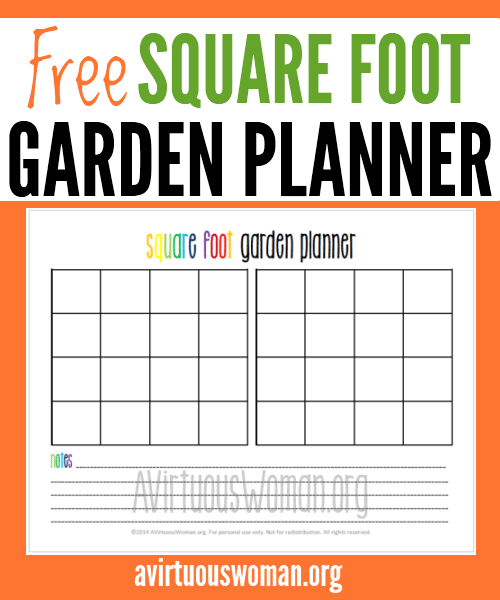

I call these “good friends” in our companion planting chart. “Companion planting is growing two (or more) crops near each other with the theory that they help each other in nutrient uptake, improved pest management and reduced pesticide use, enhanced pollination and higher vegetable yields.”Ī recommended companion planting combination usually provides some sort of benefit to one (or both) of the plants, or brings an added perk to your garden in general. The University of Massachusetts Center for Agriculture further explains:


Thankfully, as you’ll see in the companion planting chart at the end of this article, there are far more plants that get along than those that don’t. In the most general terms, companion planting is the idea that some plants thoroughly enjoy growing near one another. I’ll also share our handy companion planting chart as an easy reference guide at the end. This article will discuss the general concept, how important (or not) companion planting really is, tips to get started, and some of the real benefits of companion planting – such as attracting pollinators. And then trying to remember what planting combinations are suggested, or which are frowned upon? Talk about confusing! So, let’s explore the world of companion planting. Some gardeners swear by it, while others say it is nothing but a bunch of baloney.


 0 kommentar(er)
0 kommentar(er)
